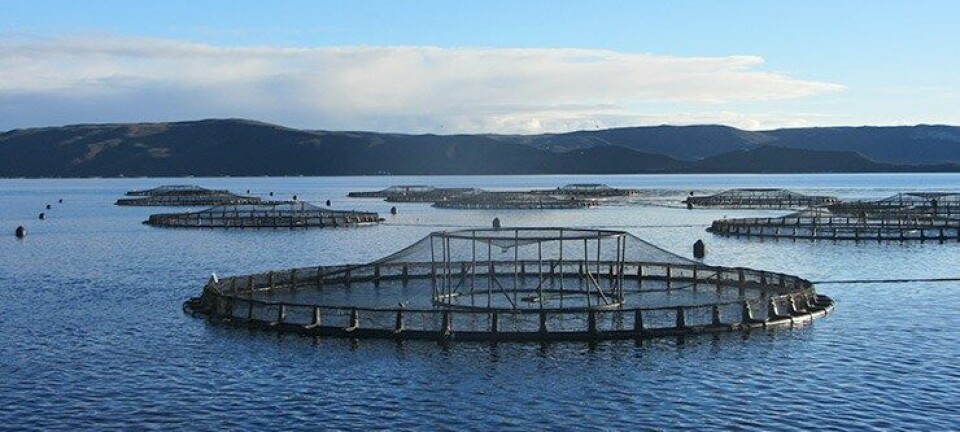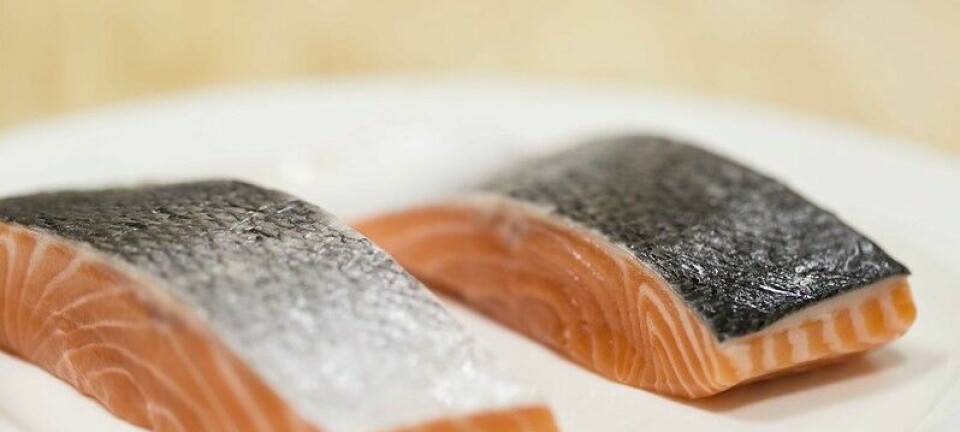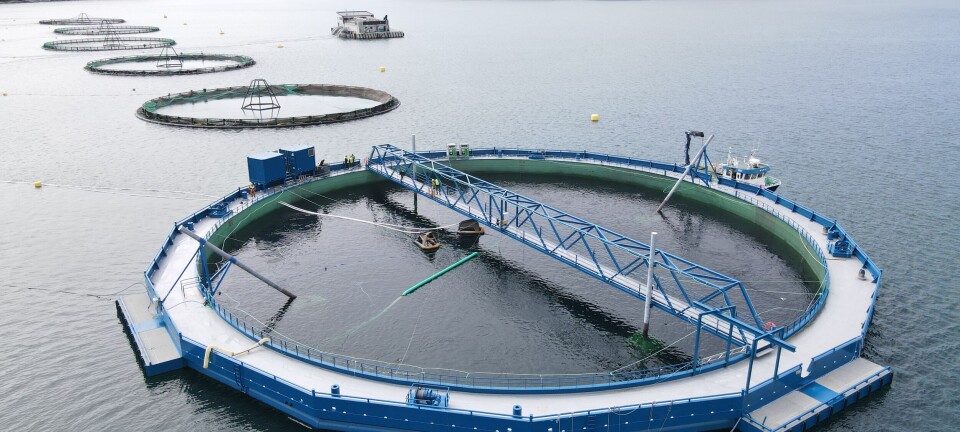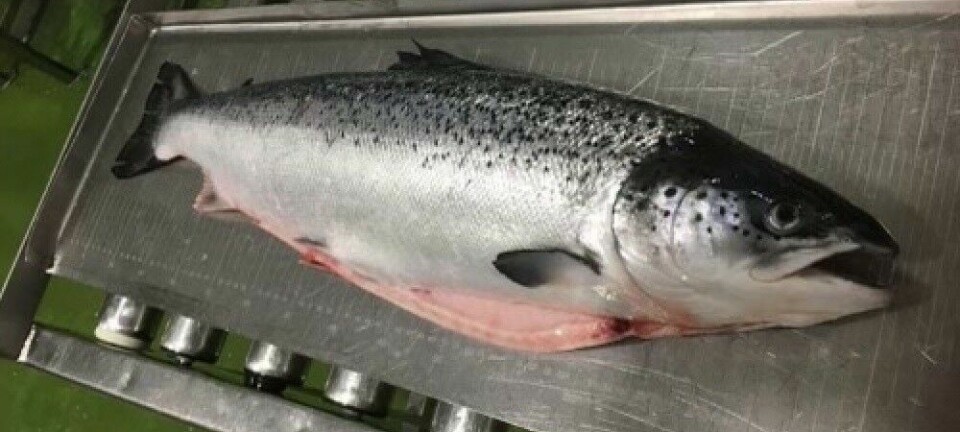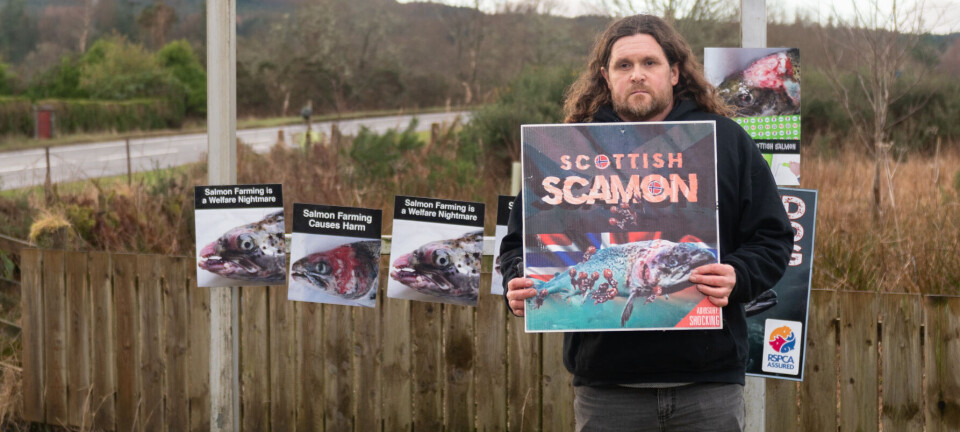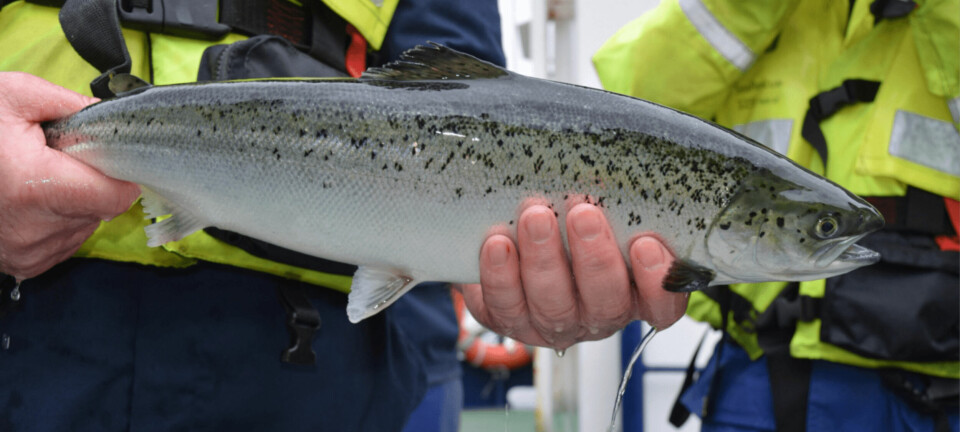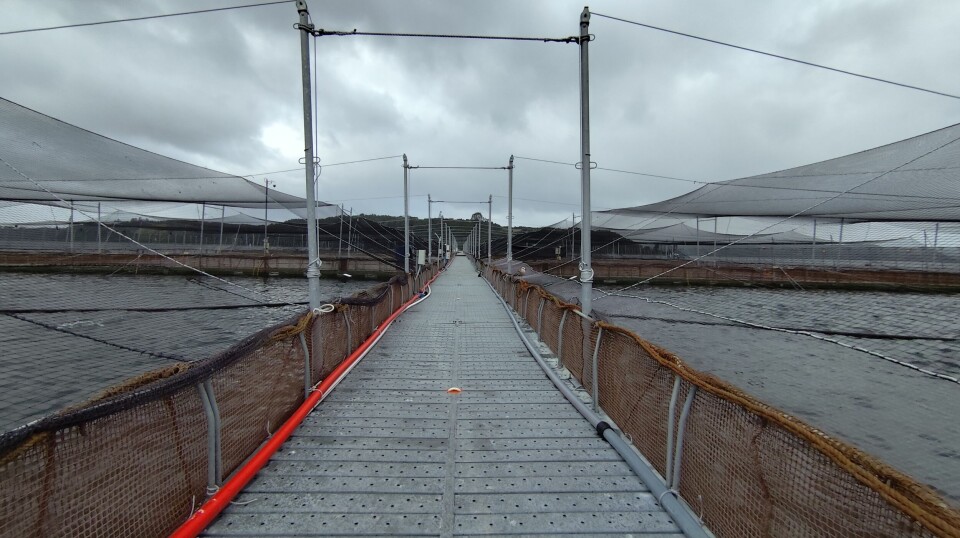
Chilean salmonid sector's antibiotic use rose by 22% in first half of 2024
Increase blamed on SRS outbreaks stemming from environmental events
The Chilean salmon farming sector’s use of antibiotics in the six months from January to June 2024 increased by 22.6% compared to the same period in 2023, a new report from the National Fisheries and Aquaculture Service (Sernapesca) has revealed.
Fish vets used 217.4 tonnes of active ingredient, up from 177.3 tonnes in the first half of 2023.
Sernapesca said the rise was mainly explained by outbreaks of piscirickettsiosis (salmon rickettsial septicaemia, or SRS), “as a consequence of the effects of environmental events that occurred in the regions of Los Lagos (harmful algal blooms) and Aysén (low oxygen) at the end of 2023”.
Florfenicol
Of the total amount of antibiotics used in Chilean aquaculture during the first half of 2024, 98.36% were administered in the seawater phase (98.08% florfenicol, 1.91% oxytetracycline, and 0.004% doxycycline), and 1.64% in the freshwater phase (72.42% oxytetracycline, 27.09% florfenicol, 0.46% tilmicosin, and 0.03% doxycycline).
In this regard, Sernapesca stated that although the information presented in its report shows an increase in the use of antimicrobials, “it is important to wait for the results of the 2024 year-end report in its entirety, which analyses not only the year-on-year variation of the indicators, but also the information related to the productive temporality of the concession groups (farming areas), which will allow us to have a better view of the trends in the use of drugs in the national industry”.
Antibiotic index
The Antibiotic Consumption Index (ICA) shows the volume of antibiotics used by individual companies for all farmed species in farming cycles completed in the first half of 2024.
The companies with the lowest ICA were Caleta Bay (16.48 grams per tonne, 5 cycles), Salmones Aysén (88.86 gr/t, 8 cycles) and Australis (92.93 gr/t, 10 cycles. The companies with the highest ICA were Invermar (813.26 gr/t, 5 cycles), Multi X (580.80 gr/t, 9 cycles) and Cermaq (484.15 gr/t, 13 cycles).
The Sernapesca report also includes information regarding site certifications by the Program for the Optimisation of the Use of Antimicrobials (PROA-Salmon).
More than 830 applications for certification have been made since March 2020. By the first half of 2024, 287 certificates had been awarded to 13 companies located in the regions of Los Lagos, Aysén and Magallanes.
These companies, which produce Atlantic salmon, coho salmon and rainbow trout, have achieved a total production of 616,539 harvested tonnes.
Antibiotic-free cycles
Of the certificates awarded, 173 correspond to production cycles that have managed to completely dispense with the use of antibiotics. The remaining 146 certificates correspond to production cycles that have used antibiotics, but within the limits established by the PROA certification for responsible use.
The national director of Sernapesca, Soledad Tapia, said: “Under our PROA-Salmon programme we have seen the consolidation of the increase in participating companies and the sustained increase in certified harvested tonnes, but more importantly, it is noted that the certified production cycles present an ICA significantly lower than the industry average, which gives us great satisfaction in being able to count on a tool that positively encourages good practices in the application of treatments, promoting optimisation in the use of antimicrobials.”
In addition to the results presented by the PROA-Salmon programme, the authority mentioned that the Surveillance, Alert and Response System (SVAR) project was launched after the recent signing with the International Centre for Antimicrobial Resistance Solutions (ICARS), “advancing in the fight against antimicrobial resistance through this international alliance”.




